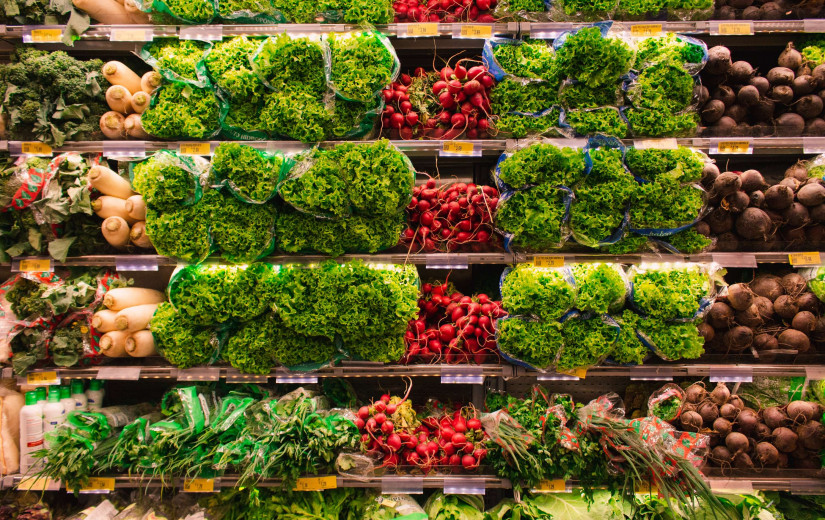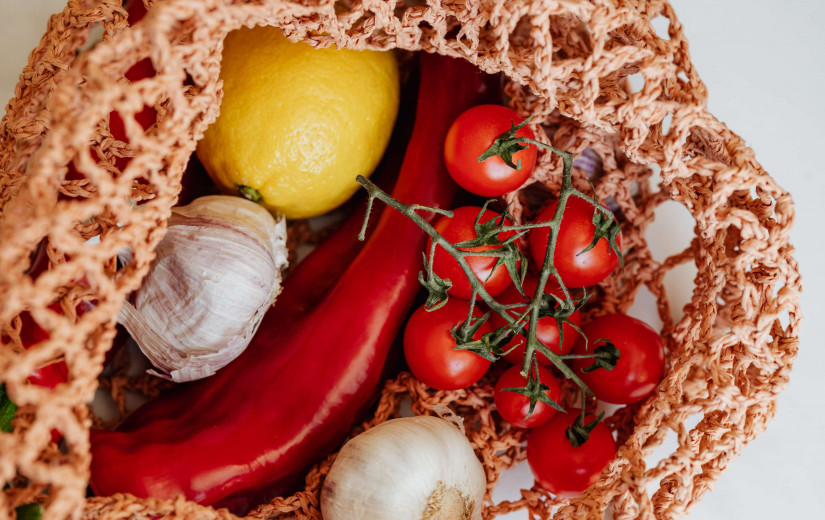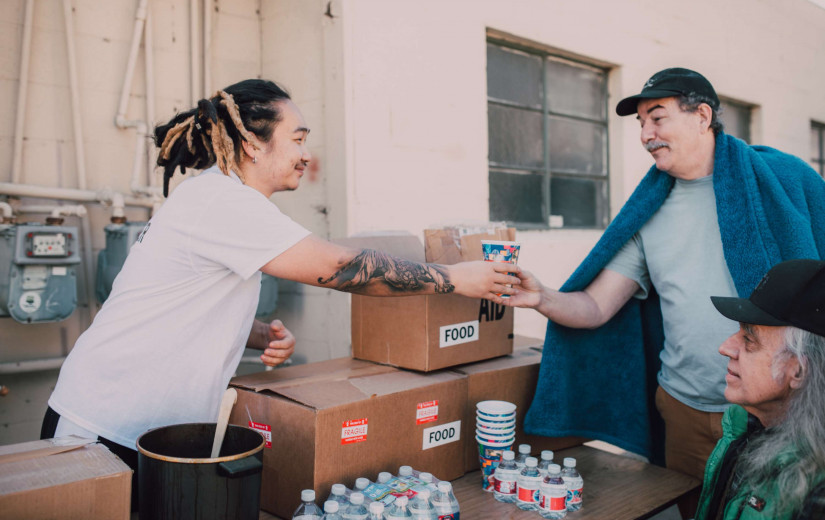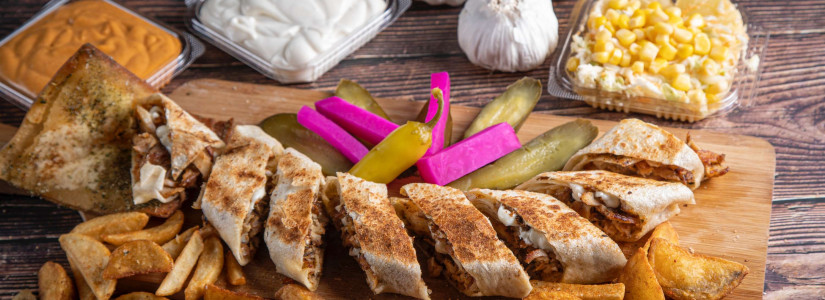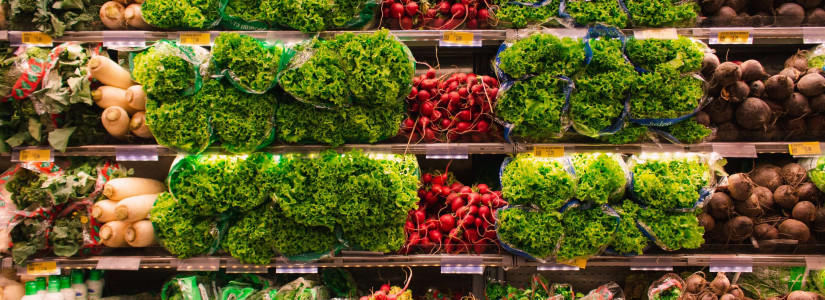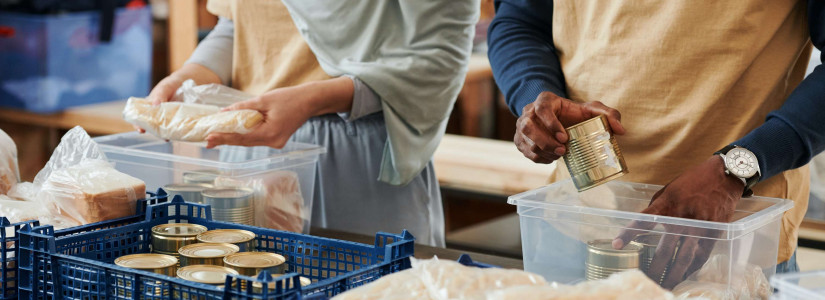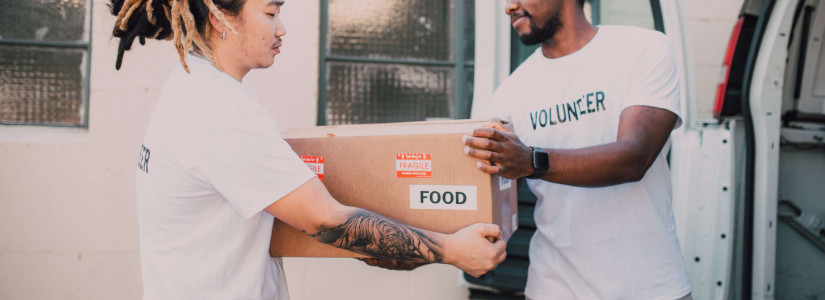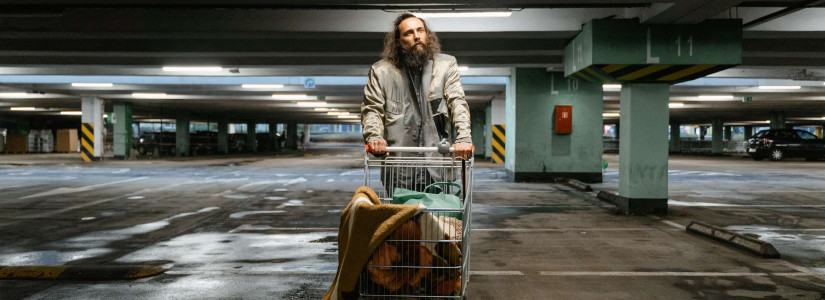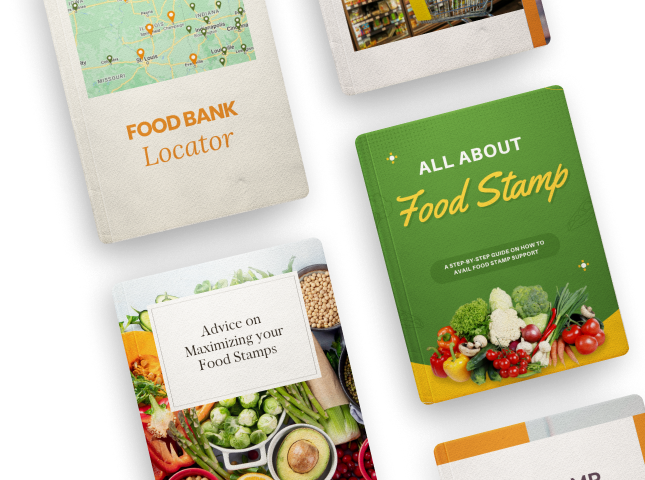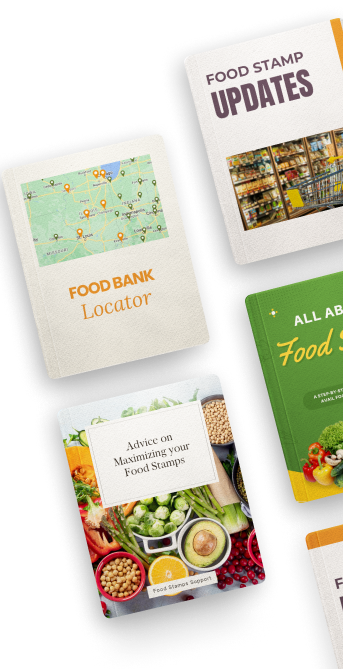5 Things to Know About Your CDC COVID-19 Vaccination Card
The United States far exceeded President Biden's promise and goal to get 100 million shots into arms by his 100th day of being president. That goal was met on day 58. On that day, he updated the goal to be 200 million shots into arms by his 100th day in office. Many states are now opening up eligibility to anyone over the age of 16 who wants to get it. The Pfizer vaccine is authorized for use in people ages 16 and older. The Moderna and Johnson & Johnson vaccines are for people age 18 and older. When a person gets their vaccination, they receive a CDC COVID-19 vaccination card. Here are five things you need to know about these cards.
What Information Is On the Card?
The vaccination card contains your name and date of birth. It also contains the provider, location where the vaccine was administered, date of vaccine administration, vaccine brand and the lot number. The information will be recorded for both shots if you are getting the Pfizer or Moderna vaccines, which require two separate visits three or four weeks apart.
You Shouldn't Share a Photo of Your Card on Social Media
You're excited to finally get your COVID-19 vaccination, so you take a selfie with your vaccination card. This is a bad idea. If a person knows where you got vaccinated, the date of your vaccination, your name, date of birth, the manufacturer and lot number of your vaccine, they could use this information in an identity theft crime. Identity theft requires many pieces of information, and the details on your vaccination card might be enough for them to complete their puzzle and steal your identity. If you want to share your enthusiasm about vaccination, take a selfie of the sticker or your bandage. Keep the card and its details away from anyone else's view. Only you and your healthcare provider need to see the card.
How to Store and Safeguard Your Vaccination Card
Treat your CDC vaccination card as if it were a credit card or your driver's license. Put your vaccination card in a safe place, such as your wallet, a fire safe or a safe deposit box at the bank. Consider making a copy of it and keeping it at an alternate location. For example, if you keep the original in your wallet, keep the backup in your desk at home or in your deposit box at the bank. Minimize how often you handle the card. It's made of paper, so oils on your hands will be absorbed by the fibers in the card.
Why You Need to Keep the Card
If you think you may ever want to do any international travel, you need to keep this CDC vaccination card. It may be the only way for a foreign country to admit you if they require proof of vaccination for entry. This card is a high-value item for you if you travel for work or pleasure. It is in your best interest not to damage or lose the card. If you do accidentally spill water on the card, damage it in some other way or lose it, keep in mind that all vaccine providers have a written record. They are obligated by law to report their vaccinations within 72 hours of administration. They send those records electronically. If you lose your card, you will need to contact your state health department's immunization information system in order to get a replacement or get other proof on the official letterhead that you have been vaccinated for COVID-19. You can also get proof from your vaccine provider. This is true for all vaccines. If you plan to visit a country that requires proof of polio vaccination or any other vaccination, your provider, local health department or state health department can provide it to you. There may be a small fee for this service.
How to Protect the Card for Long-term Storage or Use
OfficeMax and Office Depot are offering free lamination for COVID-19 vaccination cards. There is a coupon code required for this offer, and it's available online. A person does have to visit one of the bricks-and-mortar locations and go in with their card in order to take advantage of this free lamination service. Libraries may also offer this. Don't get your card laminated until you've had both doses of the Pfizer or Moderna vaccine. The Johnson & Johnson vaccine is a single-dose method of protection against COVID-19.




